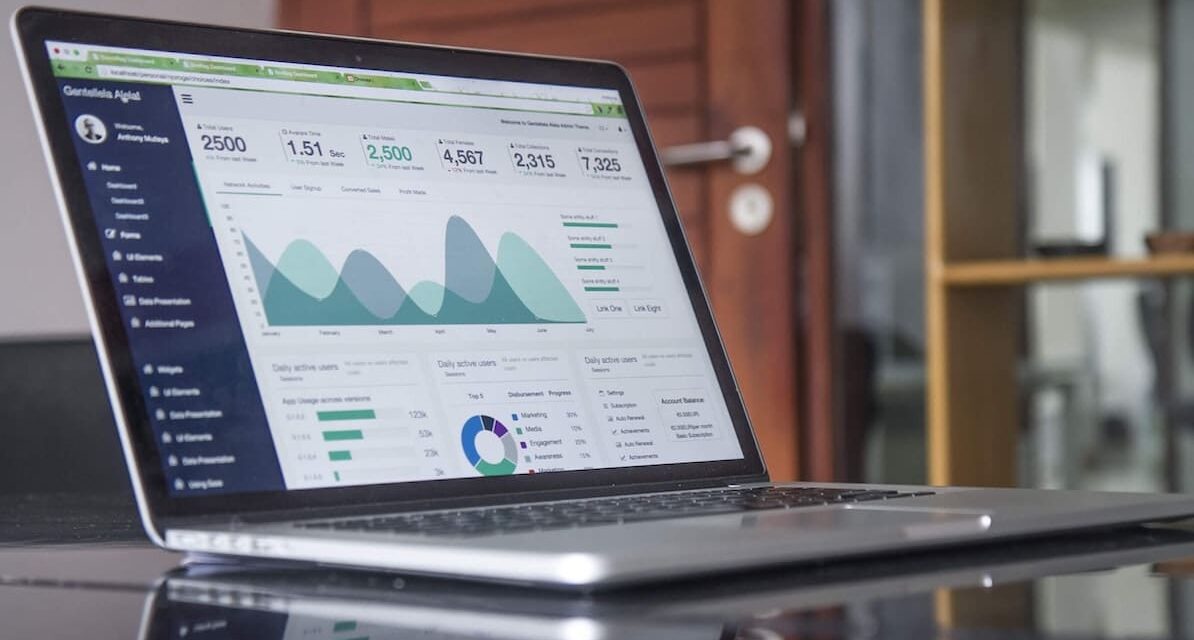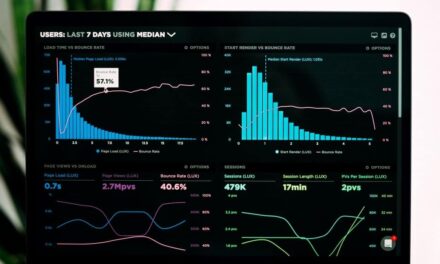On May 28, 2020, Google presented what is called “Core Web Vitals”. These Core Web Vitals have since become classification signals in the most popular search engine in the world. Core web vitals, Who measure And evaluate the speed, responsiveness and visual stability of the sites Web, offer more possibilities to improve your ranking in search results. But only if you do it well. In this article, we will detail for you the three indicators that google's web vitals compose.
What are Google's Core Vitals?
Google is a search engine whose role is to match a user's request with the best possible results. This is where things become interesting.
In the past, this process was essentially semantic. The algorithm found high quality content which corresponded to the intention of research. He also checked compatibility with mobiles, navigation safety and basic user experience signals.
Today, Google goes up a gear. The inclusion of vital web core as signal of classification means that websites that do not apply best practices will be assigned classification scores less than those who apply them. If a Original and relevant contents will always be an asset for referencing, Google will also assess the performance of the site according to the interaction of users with it.
Google has presented three new basic web indicators he will use to assess the user experience score of a website:
1. Large content content (LCP)
Large content content paint is a metric that site owners can use to assess the user experience. Thus, it is possible to see if a user will find a useful page depending on the rendering time of the content blocks visible by the general public.
Owners need the pages of their site quickly take care of To create a pleasant user experience. Not only is the loading time a critical factor for a positive user experience, but a page that quickly takes charge is more likely to be better classified in Google. In addition, quick loading times have been shown to have an impact on commitment and conversion rate Compared to a page slowly taking care.
What does the LCP measure?
The LCP measures the loading time of the different content blocks on the user screen. This measure only indicates the rendering speed of content sections on the visible screen. But nothing that is below the fold is taken into account. So there is:
- The images
- Miniature images of a video
- Background visuals
- The text at the block
The site owners must target an LCP within 2.5 seconds following the start of the loading of a page.
2. Cumulative Layout Shift (CLS)
Webmasters must ensure that it is as easy as possible to use links and pimples to stimulate sales and conversions on their site. CLS is a measure that identifies links or The pimples who move after loading a web page. It then reflects the level of difficulty that users will encounter when they try to use the elements of your site, once the page has been returned.
L'Ux and design are essential components a Good user experienceand a user will be frustrated if a web page moves elements while he is reading it. THE CLS help SO Determine developersR If the images or links move on the page. This will then be used to improve conviviality, increase click rates and thus boost conversion rates.
What does the CLS measure?
The CLS measure if the elements of the display window visible move Compared to their starting position. In simple terms, this measurement helps understand If content such as text, buttons and banners are moved While a User reads the contents of a page given.
The elements that change position can disorient users and harm their experience on a page. It is therefore important to ensure that all the content remains in place after loading a page on the user's device. The CLS Examine the basic parameters to determine the visual stability of a page from the user's point of view, taking into account several factors:
Sites owners must maintain a CLS of 0.1 or less.
3. First input delay (FID)
Internet users want quick pages to load and easy to use. The First Input Delay measure The entry latency (the time it takes to an element on the page to respond to the user's action) in order to identify the pages that could cause frustration to your audience.
Modern websites use a set of advanced technologies and dynamic content widgets to disseminate content to their audience. Although this type of technology can improve content, these improvements can lead to deadlines that force the user to wait for their browser to react to their entries.
Developers must reduce the time that users spend waiting for their browser to answer, all this in order to'Improve engagement and the user -friendliness of the site.
What does the Fid measure?
The FID measures the responsiveness of a page when loading the elements entered by a user. This means that FID only records events such as clicks. Sites owners must endeavor to provide good user experience with a FID less than 100 milliseconds.
It should be noted that FID is difficult to measure because this data can only be measured in the field. This means that your score will depend on variables independent of your will, such as the capacity of user devices and the speeds of the browsers used.
Now that we know more about all these indicators, how do we know if our site is in conformity or not? It is here that the Google Search Console enters the scene. The use of the Google Search Console is the easiest way to analyze several pages of a website.
The GSC has A section entitled “Experience »In the main menu. Here, click on “Essential web signals” and access a full report of all the pages of your website. You will thus see the weak points and the strengths of each of the pages and the improvements you can make.
To optimize your core web vitals, it is essential to have a code as clean as possible, accompanied if possible with a sleek design. A web design agency can help you design such a site.






